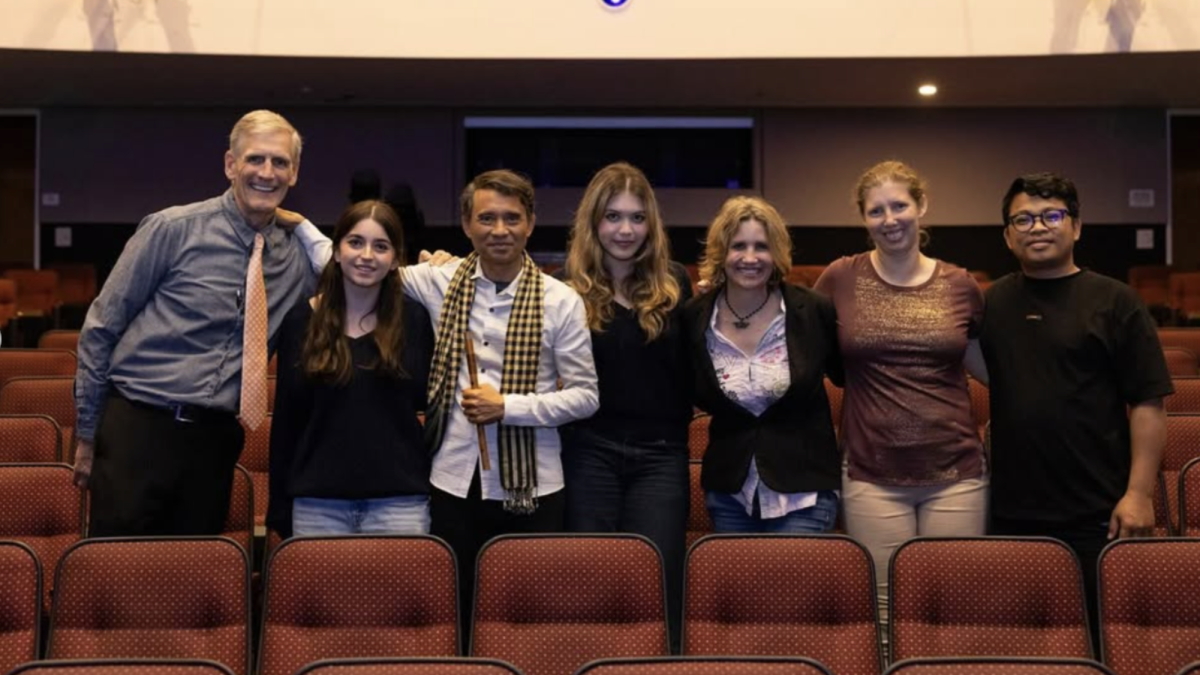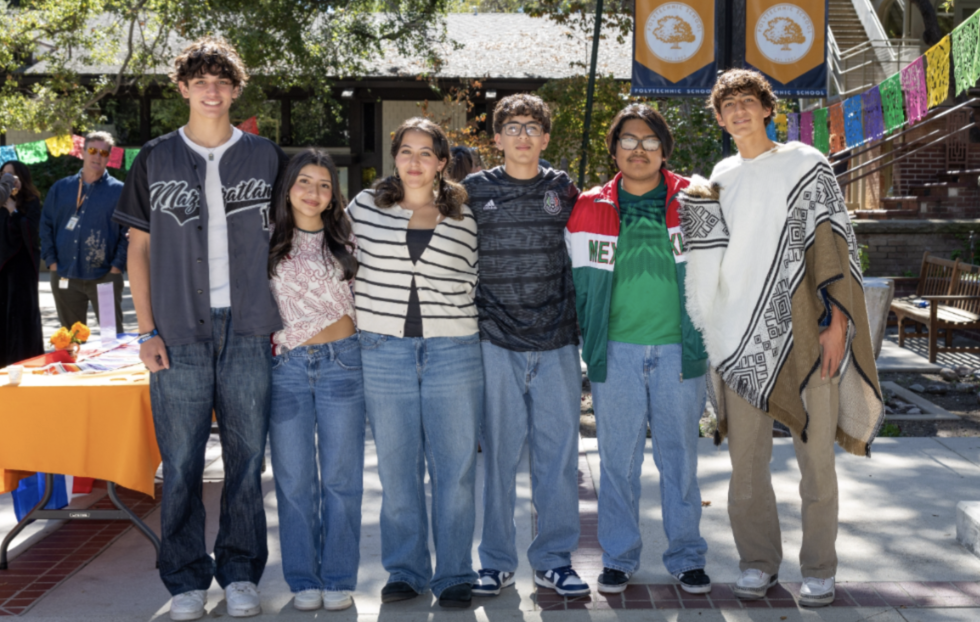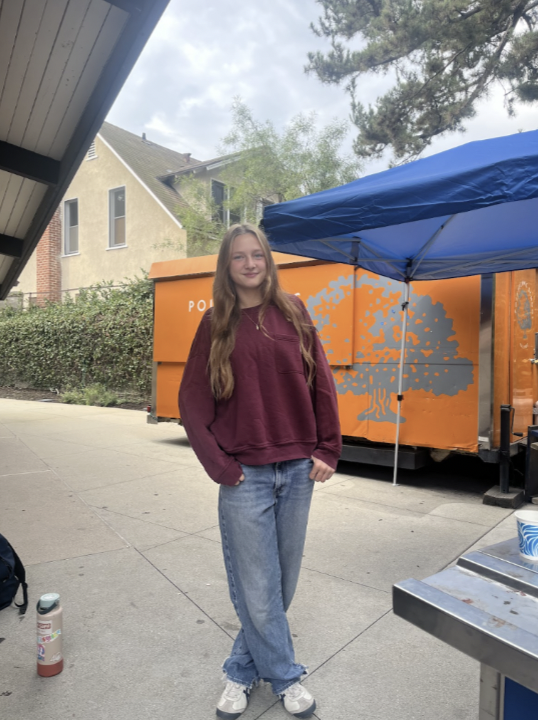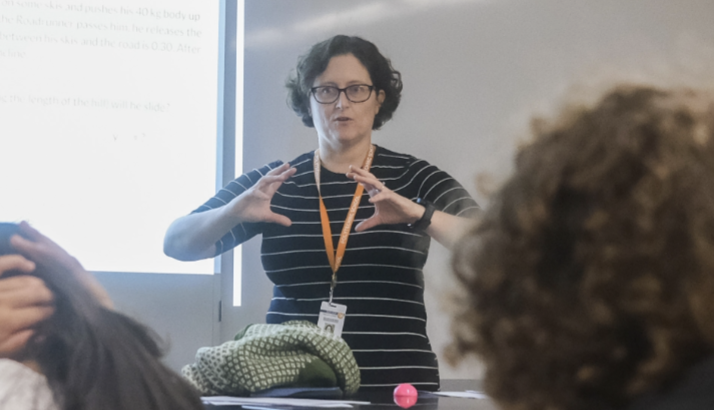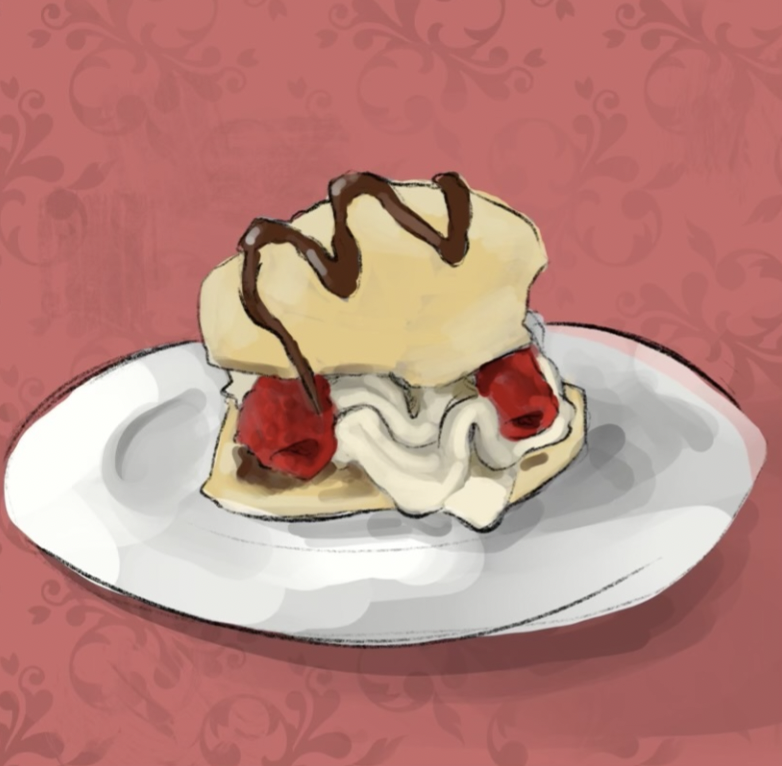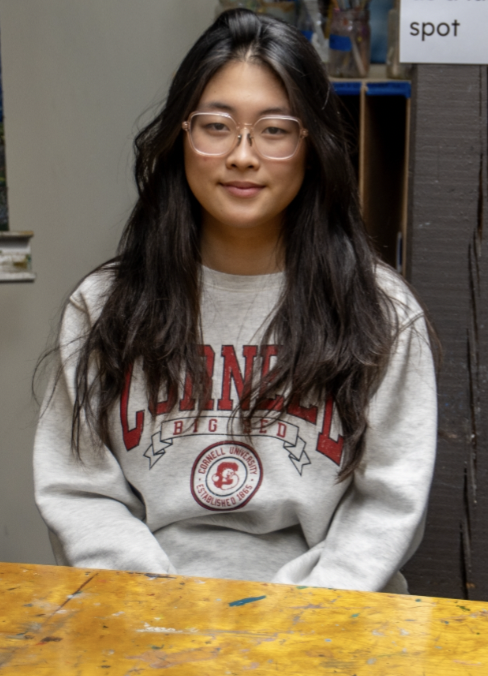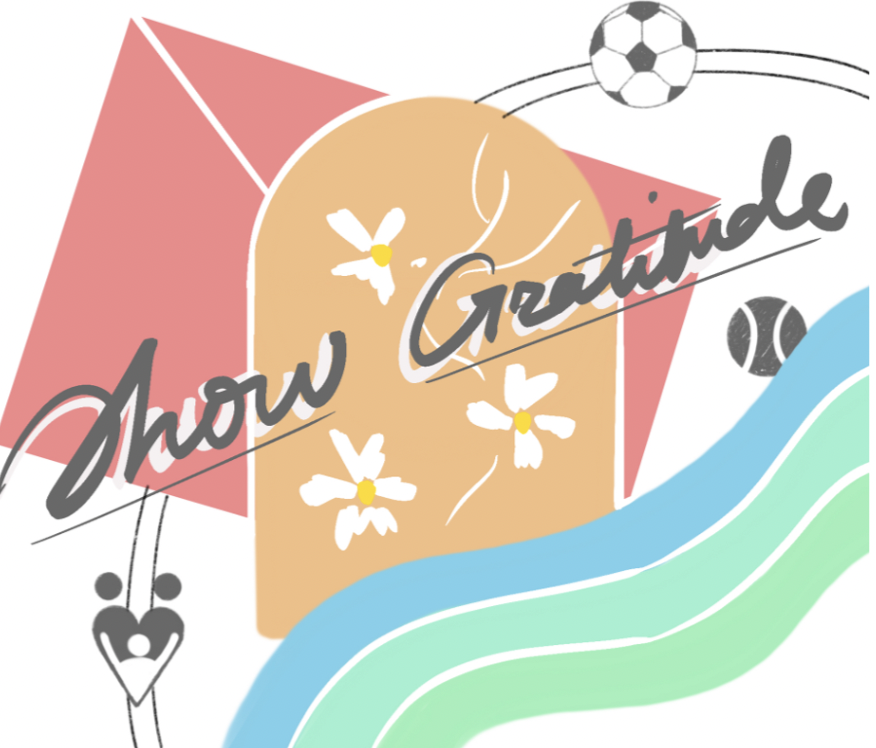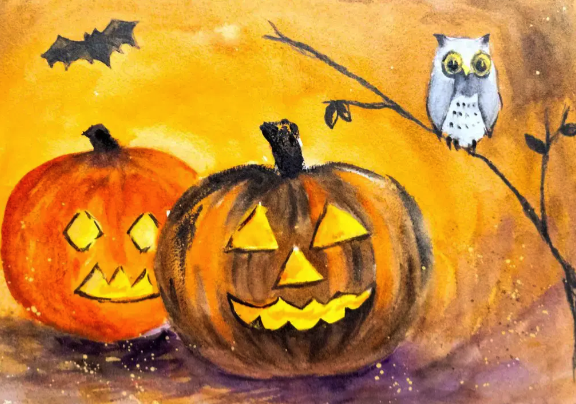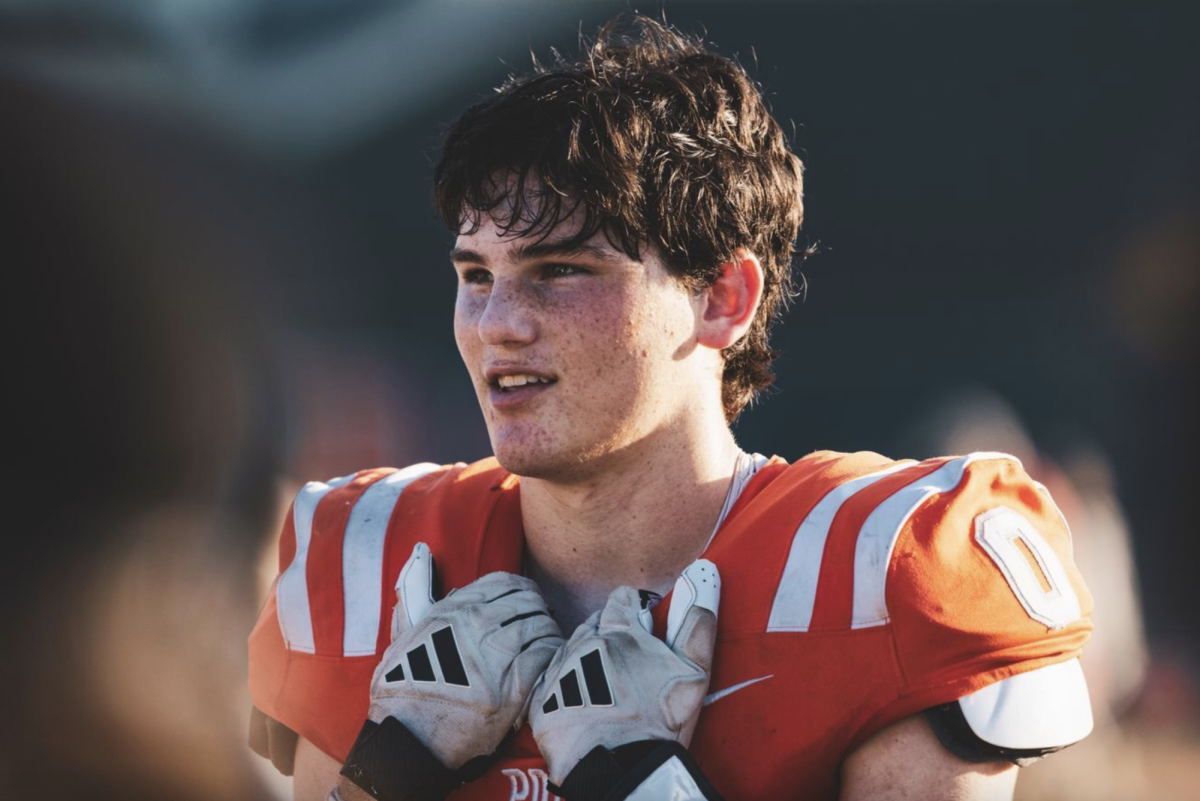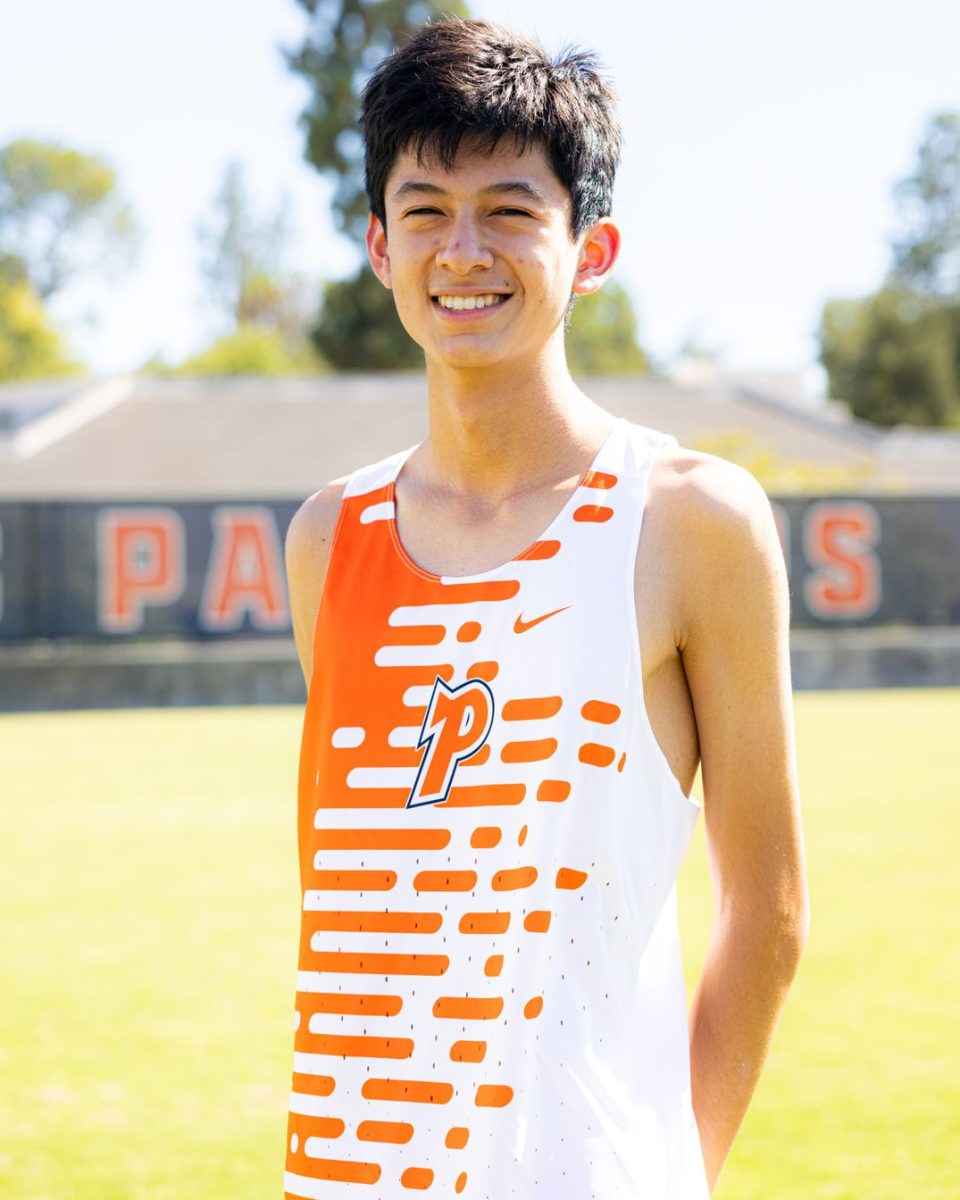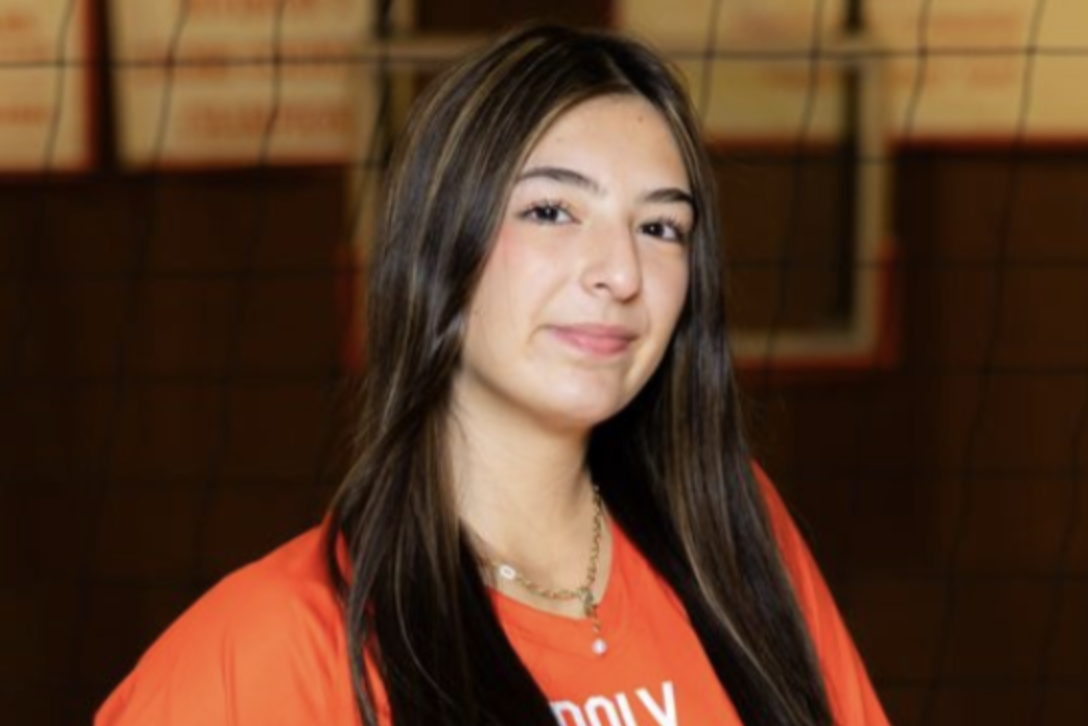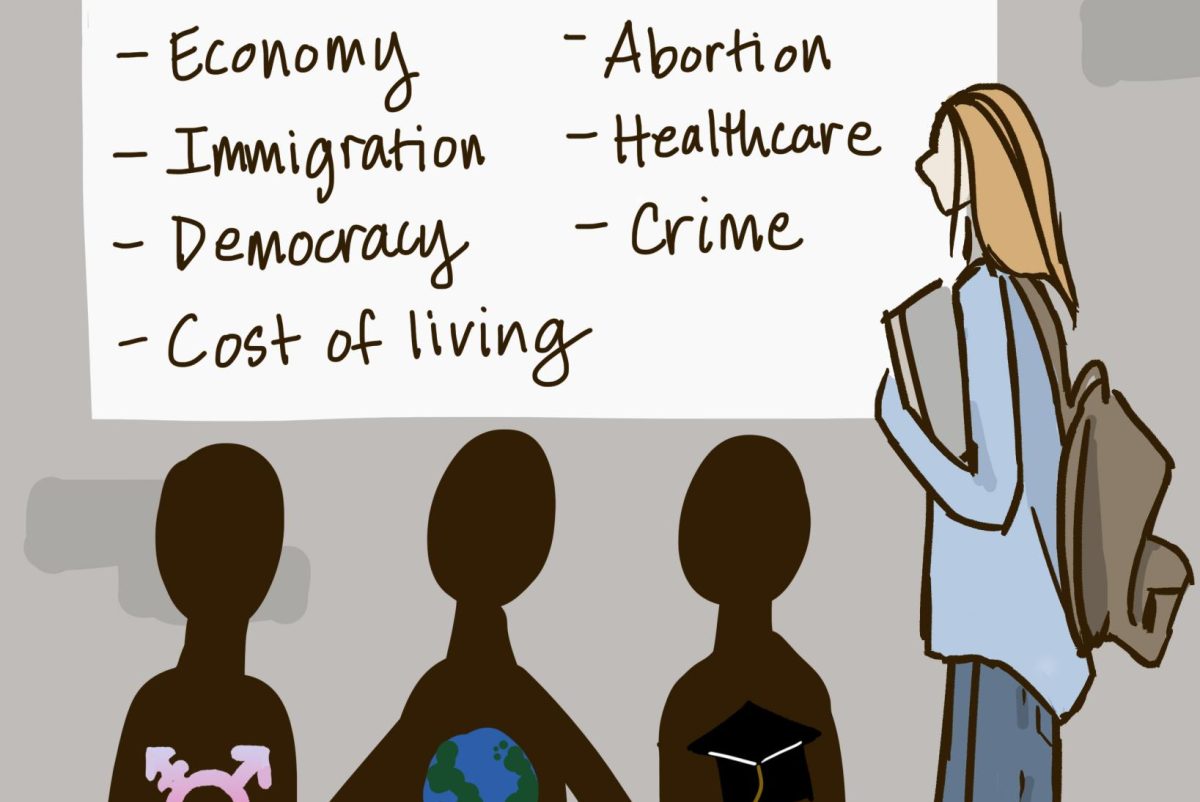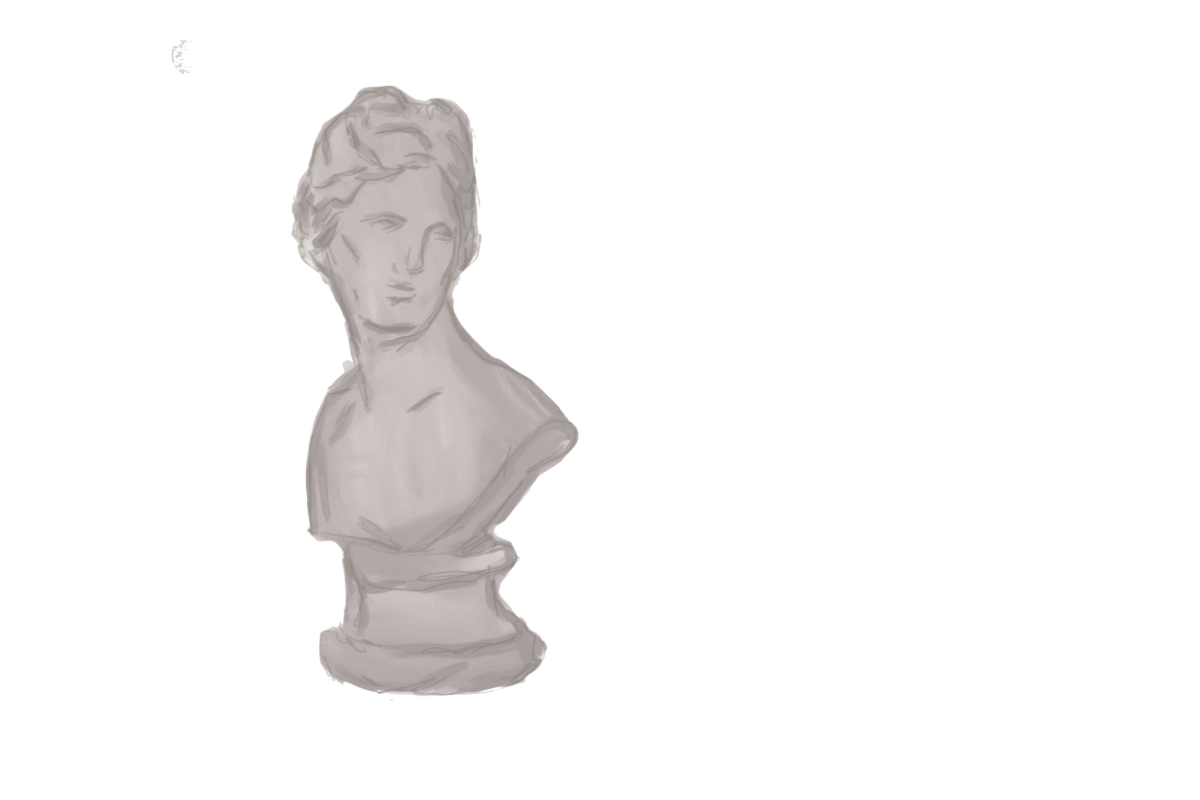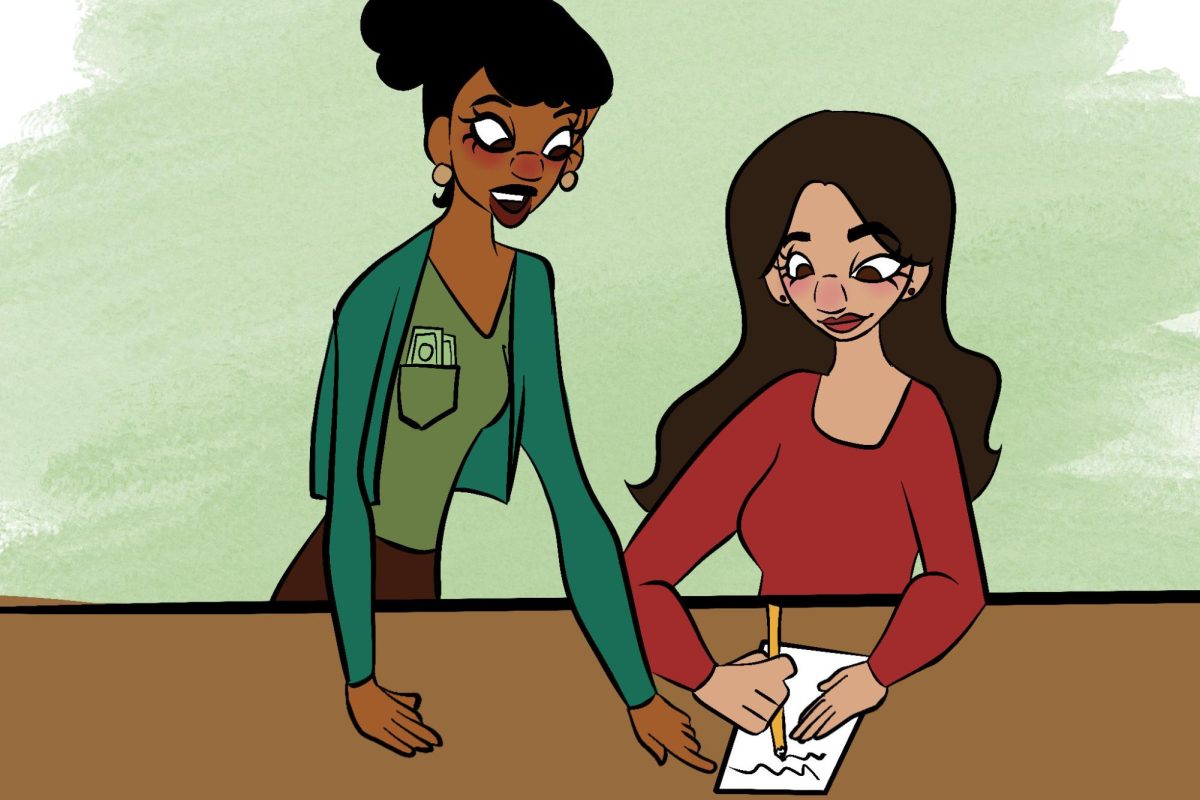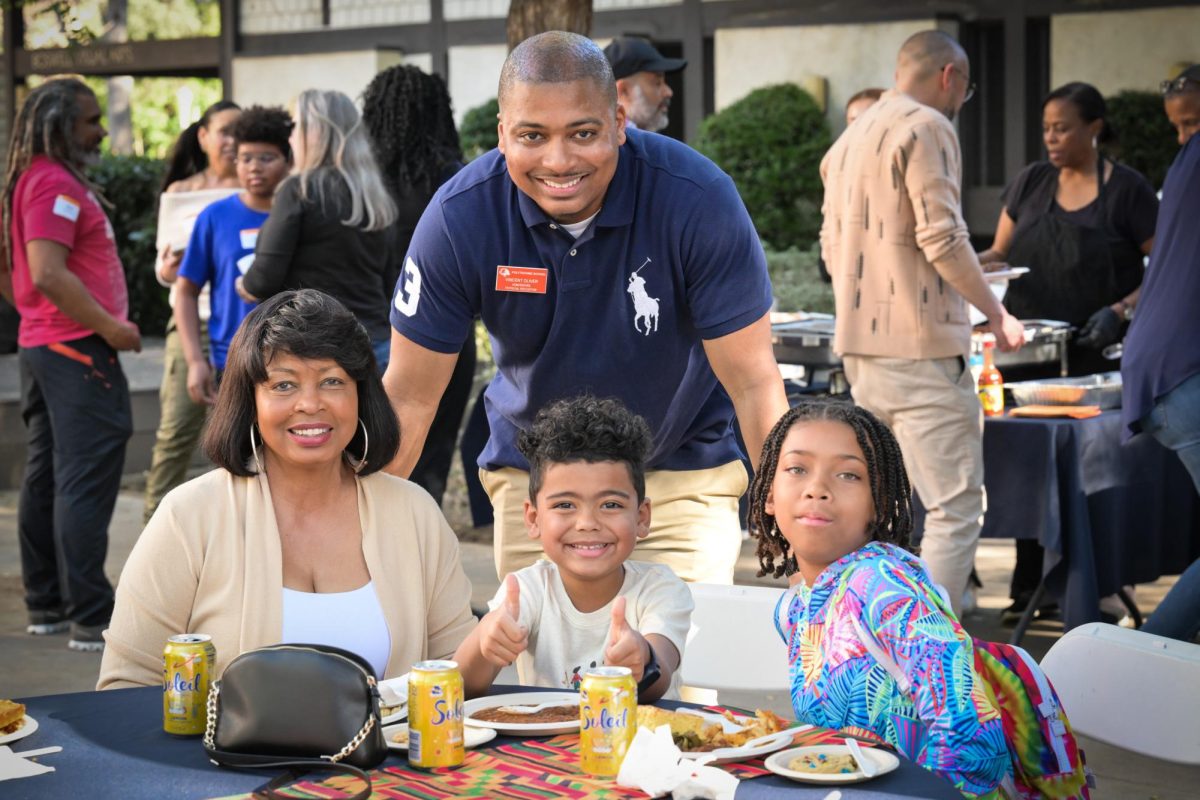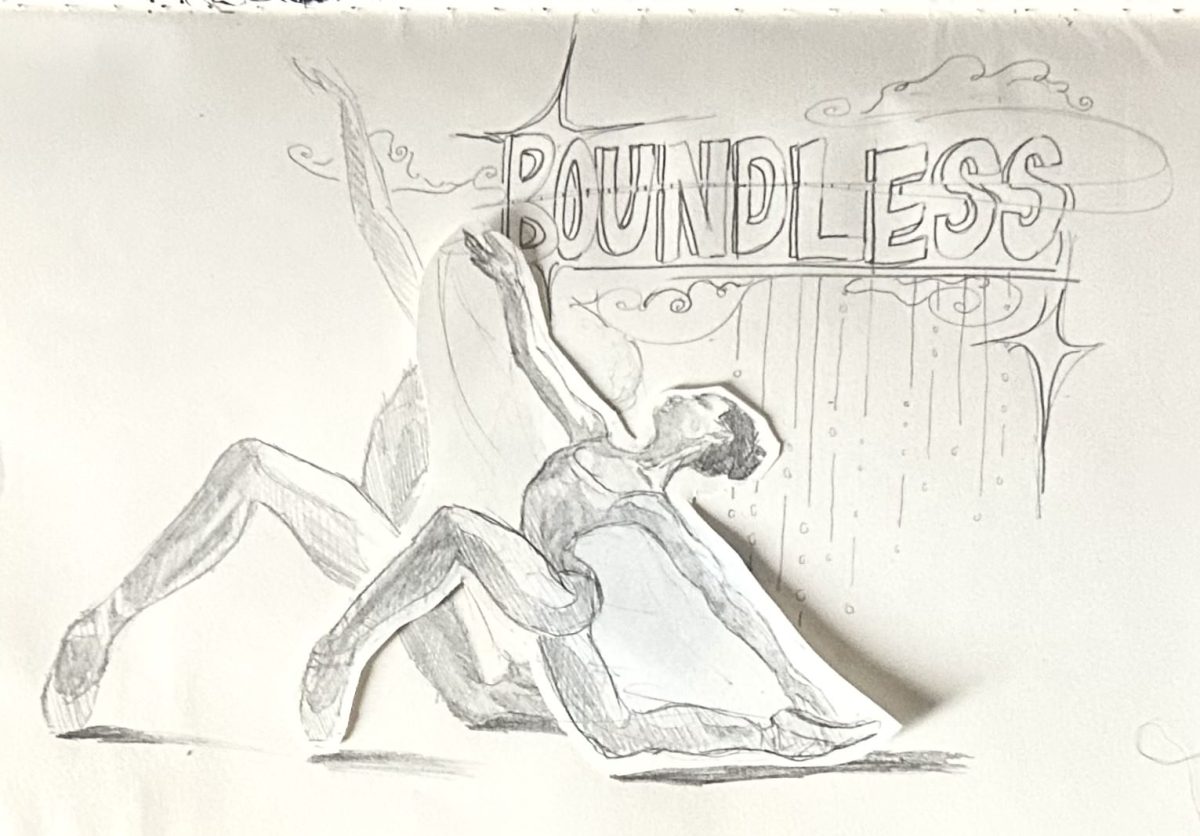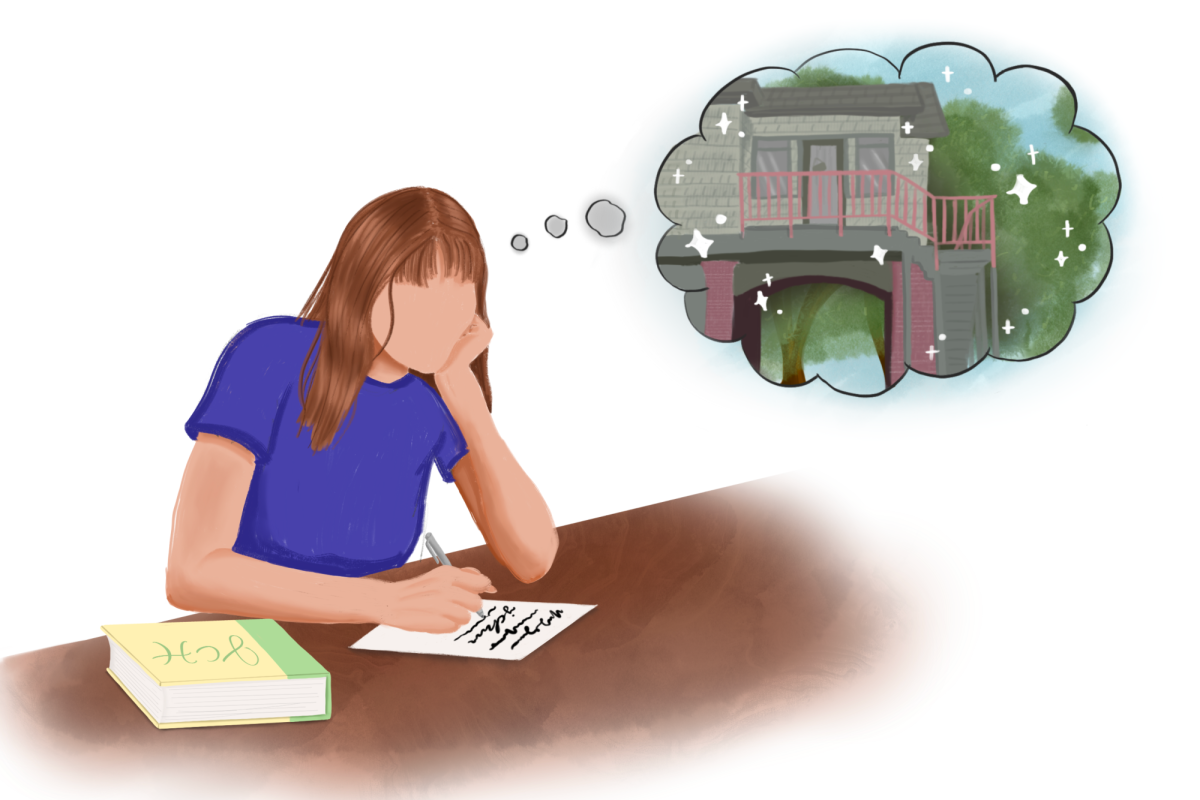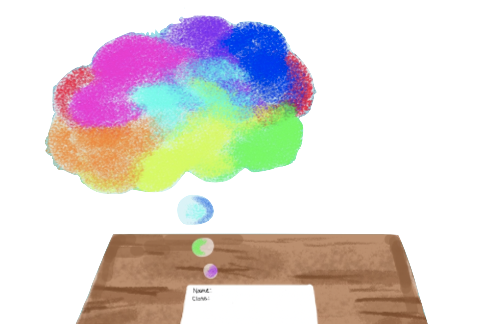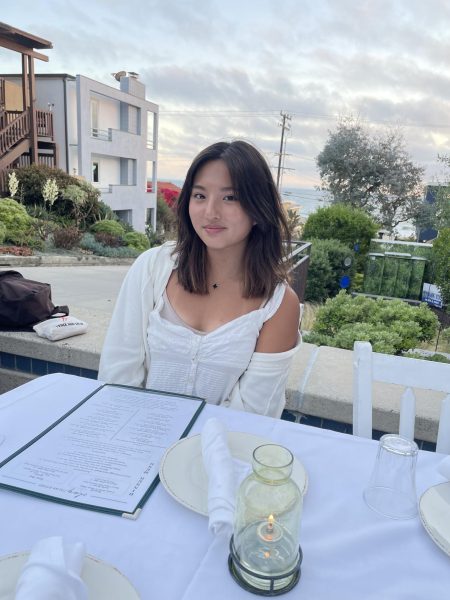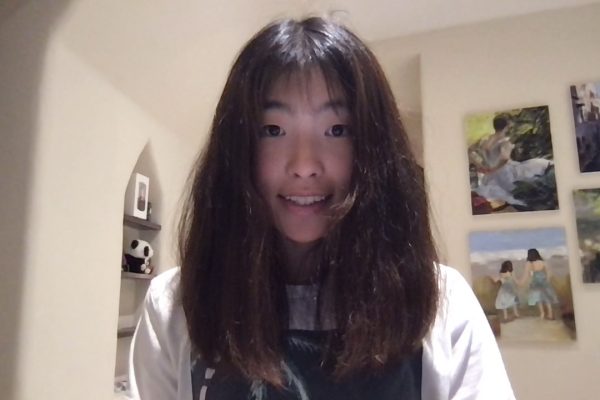Visualize this: It’s a typical Tuesday morning, and instead of reading through textbooks, we’re scrutinizing a chair on Arden Lawn. We’re trying to put into words how the humble chair relies on pillars of support to thrive, like how we rely on our families or lifestyle balance to flourish. Remove one post and equilibrium shifts. Now, consider an old door with rusty locks, the kind you’d find in Haaga House. Each lock begins to symbolize our fears, from insecurities to past hurts. Just as the door remains shut until those locks open, we stay hidden until we confront pains and welcome release. These personal reflections and realizations come from an activity we identify as both a hobby and an academic undertaking: creative writing.
Academic writing sometimes feels fixed and formulaic. Teachers hand us a checklist of grammatical structures and figurative language to include in our writing, and we score higher points on exams and essays based on how many pluses or checks we receive. Yes, this method provides clarity on what elements are expected in our papers and instills a sense of organization in our writing process.
However, creative writing allows students to explore narration, character development, poetic elements and literary devices that typically diverge from more structured forms of writing such as research papers or literary analyses. Despite this difference, students often associate creative writing with English class, falsely believing it’ll contain the same rigor and rigidity. Not wanting to write more analytical essays, many students steer clear of creating writing courses.
English teacher L. Holmgren, who will teach creative writing next year, refutes the belief that the two classes are the same: “Creative writing provides a vehicle for self-exploration and human connection in a way that academic writing cannot. It is the easiest and the hardest type of writing. You create meaning from one’s memories, one’s imagination, one’s soul and one’s readers.”
Academic writing is a neat, labeled file cabinet: organized but restrictive. Creative writing is a sprawling art studio, messy and disorganized but where magic happens, from poetry and flash fiction to song lyrics and screenplays. We express our joy in stories of friendship, sadness in tales of heartbreak, and frustration in depictions of battles we cannot fight in real life.
When we feel we can’t utter words in conversation because we’re afraid of the public eye or want to appear dignified, they can flow out in our writing. Creative writing doesn’t come with a fear of judgment often associated with assignments and public speaking; instead, it creates a personal space for everyone to pour their innermost thoughts onto paper. Perhaps our words may be shared with others, or perhaps they’ll forever remain for our eyes only; the important thing is that in creative writing classes at Poly, it’s our choice of what we do with them. If we write incomplete sentences or miss some commas, it becomes a personal statement instead of simply being “wrong.” And that’s the true essence of writing: exploring oneself. The rules of grammar and vocabulary loosened, we can flourish by finding our writing voices. We can release the stress and anxiety that come with academics, sports, extracurriculars, family, friends and so much more.
Creative writing also improves our ability to empathize and hone our observation skills. Instead of only describing something we see in literal terms, we dig deeper into how that observation relates to and defines us. Someone might see an oak tree and write about its isolation in standing alone, while another might see the same tree but describe its sagacity embedded in its layers. With creative writing we can process the world through analysis and reflection, allowing us to better understand others and ourselves.
Creative writing classes provide us with personal growth and accomplishment, but we cannot disregard its utilitarian purposes as well. Due to the fact that creative writing classes don’t offer an AP option, many Poly students believe these classes won’t boost their college applications. However, creative writing classes provide students with more opportunities to win writing competitions that look equally as great on a college application. By having opportunities to receive detailed feedback from peers and constructive criticism from an experienced teacher, many Poly students have gained local, state and national recognition for their writing.
Poly’s English Department offers three semester-long creative writing electives, allowing students to try their hand at poetry, short fiction and nonfiction. However, male-identifying students, especially in recent years, are underrepresented in these classes. This year, the poetry and fiction classes had a ratio of 12 girls to every one boy. We can only speculate on the reason for this gender imbalance. Perhaps an activity focused on personal expression, the basis of creative writing, deters boys in a culture where men are encouraged to be stoic and resolute, inexpressive of any emotions as to avoid being labeled weak. However, it’s important to acknowledge that this doesn’t have to be the case. More Poly boys should recognize the benefits that come from creative writing and give one of Poly’s classes a try.
The curriculum fosters an inclusive and fun environment that travels beyond the classroom. As the students in these electives range from sophomores to seniors, they provide a unique opportunity to gain insight from students in other grades.
Junior Lyla Pak said, “Poetry was my first Poly creative writing course, and I highly recommend it for anyone who enjoys writing, reading and talking about poetry.”
We both took this year’s Creative Writing: Poetry elective as well. In this course, taught by English teacher and 12th Grade Coordinator Serra Leroy, we learned all things poetry for the first time, from limericks to odes to sestinas. After finishing each assignment, we listened to everyone’s original pieces. Both of us came out of the course with new outlooks on the world, noticing the beauty in minute objects.
Pak felt the same way. “Before, I believed my writing could only be inspired by intense emotional experiences, but this year’s course proved that even banal everyday experiences can be beautiful,” she said.
If students enjoy one or more creative writing courses, they can always return to take another, exploring the various modes of creative writing. Leroy expressed, “The creative writing program is a secret gem in Poly’s curriculum. Those who already love writing and shy away from it at times often come back for a second or third!”
When we write creatively, we tap into an inspiring source that helps us notice the beauty of the world around us. Creative writing lets us discover in ways other subjects don’t. So, let go of stereotypes and APs, take a creative writing class and keep writing. Who knows where our imaginations will lead us!



